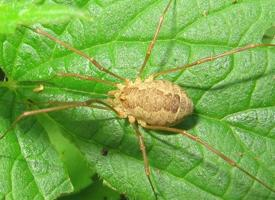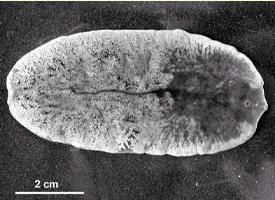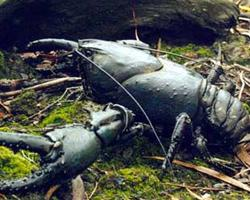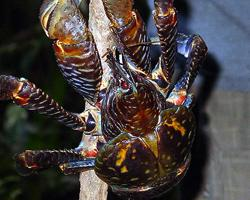
Váhy a míry
| Délka | 10 mm |
|---|
Stav ohrožení
| Neohrožen |
Popis zvířete
The Common harvestman, scientifically known as Phalangium opilio, is an arachnid species that is widespread and easily recognizable. Despite commonly being referred to as "daddy longlegs," it is important to note that this creature is not a spider, although both belong to the larger class of Arachnida. The distinction lies in the body structure and other physiological traits that set the harvestman apart from its spider cousins.Phalangium opilio exhibits a distinctive body plan that is immediately identifiable by its extremely long, slender legs in proportion to its body. Unlike spiders that have a segmented body divided into two main parts – the cephalothorax and the abdomen – the harvestman's body appears as a single, compact, oval-shaped structure because the junction between these two parts is so seamless. This body is usually of a brownish or grayish hue, allowing it to blend seamlessly into its surroundings, a trait useful for avoiding predators.
The legs of the Common harvestman are its most striking feature, often reaching several times the length of its body. These legs are not just for mobility; they serve a variety of functions including sensing the environment. Harvestmen have tiny claws at the end of each leg, which they use for gripping surfaces as they move. Interestingly, if a leg is caught by a predator, the harvestman can practice autotomy, allowing the leg to detach so the creature can escape. The lost leg can twitch for several minutes after detachment, possibly distracting predators while the harvestman flees. However, unlike some other arachnids and insects, once a leg is lost, it cannot regrow.
The eyes of Phalangium opilio are located on a small, raised structure on the top of the body, giving it a limited field of vision. Despite this, harvestmen are not primarily visual hunters; they rely on their legs to detect vibrations and chemicals in the environment to find their food. Their diet is omnivorous, consisting of small insects, plant material, fungi, and even decaying matter. This diverse diet, along with their adaptability, has enabled the Common harvestman to thrive in a variety of habitats, including forests, grasslands, and gardens.
Harvestmen are generally nocturnal and are more active during the night when they hunt for food. During the day, they tend to hide in dark, moist places to avoid predators and dehydration. They are solitary creatures but can be found in large numbers in suitable habitats, especially during the mating season.
The reproductive process of Phalangium opilio involves direct transfer of sperm, unlike many spiders that use indirect methods. After mating, the female lays eggs in a secluded, moist location. The eggs overwinter and hatch in the spring. The young harvestmen undergo several molts before reaching adulthood, a process that can take several months.
The Common harvestman, with its distinctive appearance and behaviors, plays a significant role in the ecosystem as both predator and prey. It helps control populations of small invertebrates and is, in turn, a food source for larger predators. Despite its eerie appearance to some, it is harmless to humans, lacking venom or any means to deliver a harmful bite. The presence of Phalangium opilio in gardens and fields should be welcomed as a sign of a healthy, balanced environment.
Podobná zvířata
Nové fotografie zvířat
Top 10 zvířat
- Chinese water dragon (Physignathus cocincinus)
- Galápagos tortoise (Geochelone nigra complex)
- Dolphin gull (Leucophaeus scoresbii)
- Japanese macaque (Macaca fuscata)
- Colombian red howler (Alouatta seniculus)
- Sea urchins (Echinoidea)
- Diana monkey (Cercopithecus diana)
- Moustached guenon (Cercopithecus cephus)
- Colossal squid (Mesonychoteuthis hamiltoni)
- Common house mosquito (Culex pipiens)


